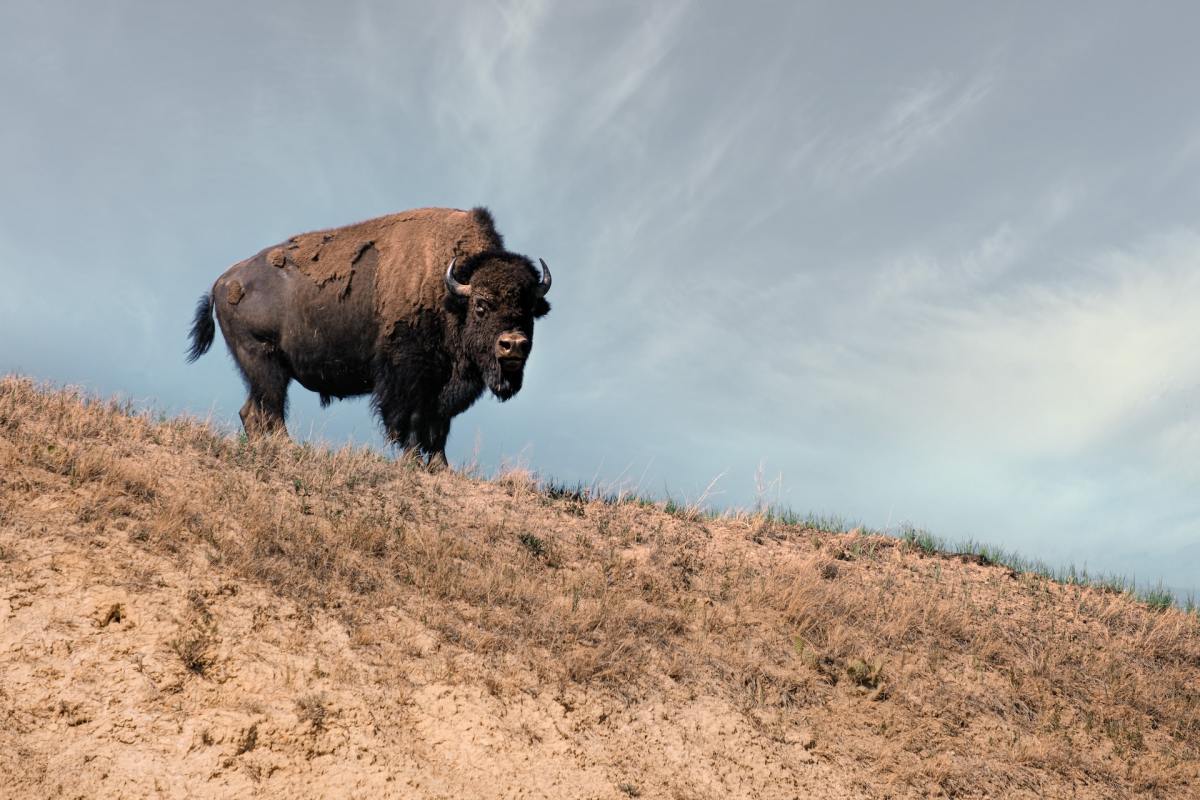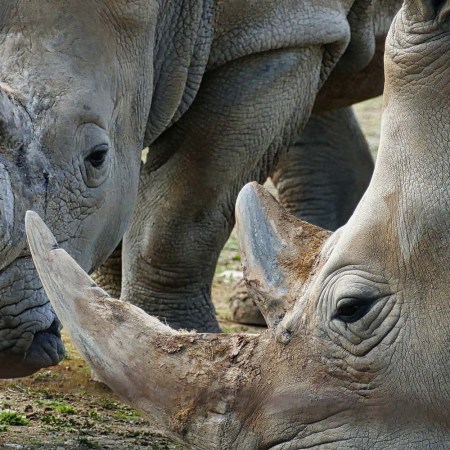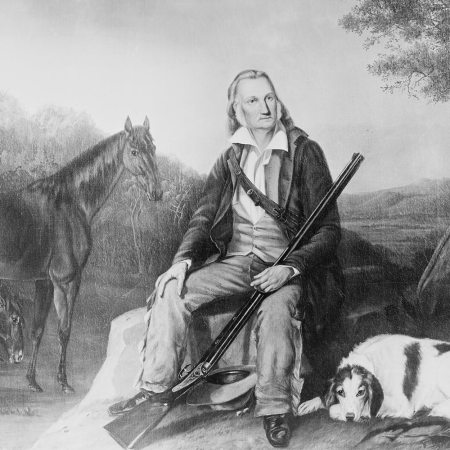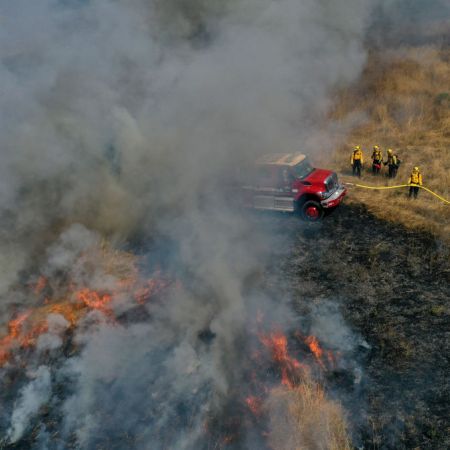Last year, an in-depth Vox report explored conservation efforts around the globe, and pointed to the importance of Indigenous-led efforts at keeping land preserved and endangered species thriving. A New York Times article from the same year cited multiple studies in reaching one conclusion: “Nature is healthier on the more than quarter of the world’s lands that Indigenous people manage or own.”
Among the species that are benefiting from this approach? Bison. An Associated Press report (via The Guardian) notes that Indigenous stewardship of bison has a number of benefits, ranging from economic to nutritional. The article cites an impressive statistic: 65 tribal herds that comprise 20,000 bison, all under the jurisdiction of 82 tribes.
The article details the efforts of Tony Heinert, director of the InterTribal Buffalo Council, to distribute bison to interested tribes. “Those tribes are trying to go back to that, re-establishing that connection that was once there and was once very strong,” Heinert told the Associated Press.
The population of bison in what is now the United States once numbered in the tens of millions before plummeting dramatically as settlers moved west in the 19th century. The species was nearly extinct by 1884, when only 325 remained; since then, conservation efforts have caused the population to increase steadily. While the bison population has yet to reach what it was in its heyday, there are ambitious plans afoot to bring that day closer.
Thanks for reading InsideHook. Sign up for our daily newsletter and be in the know.


















